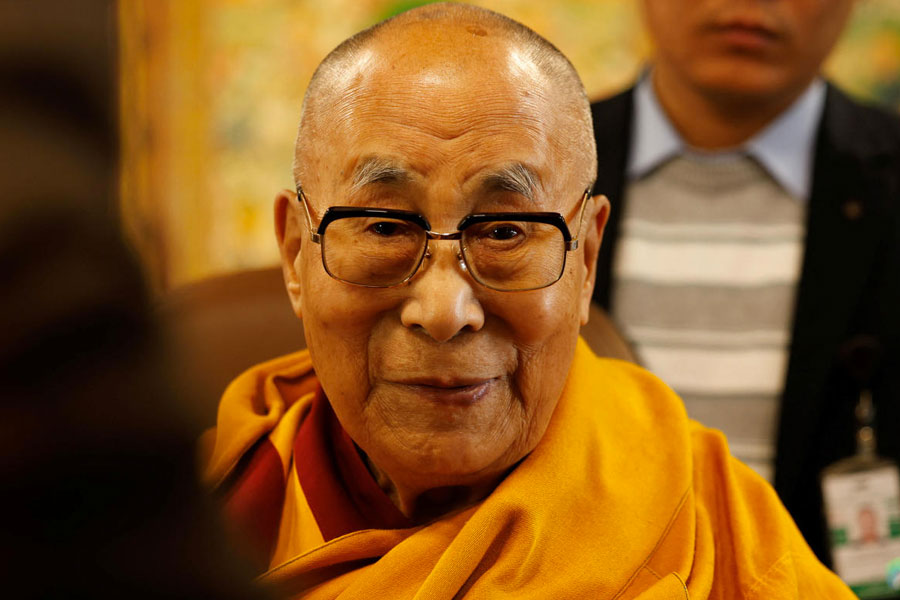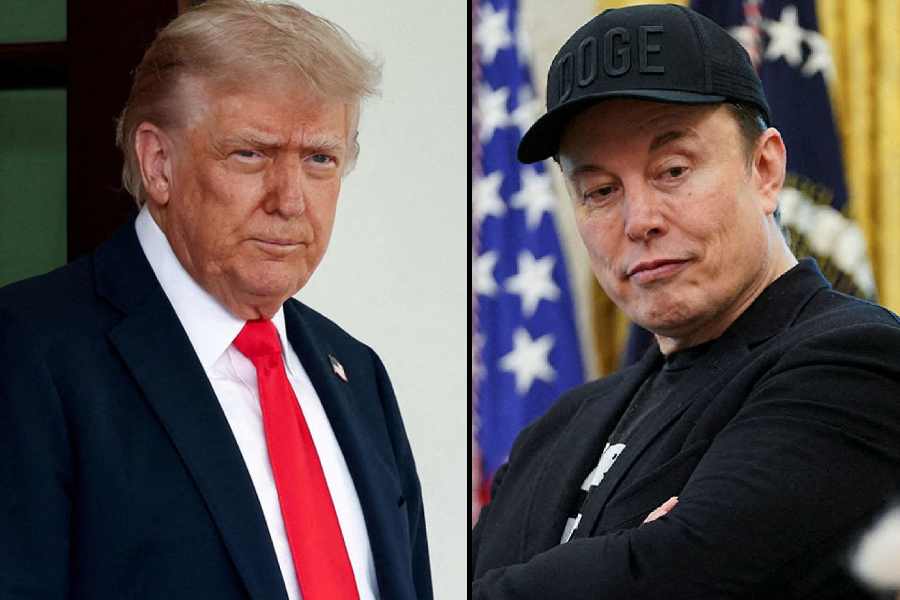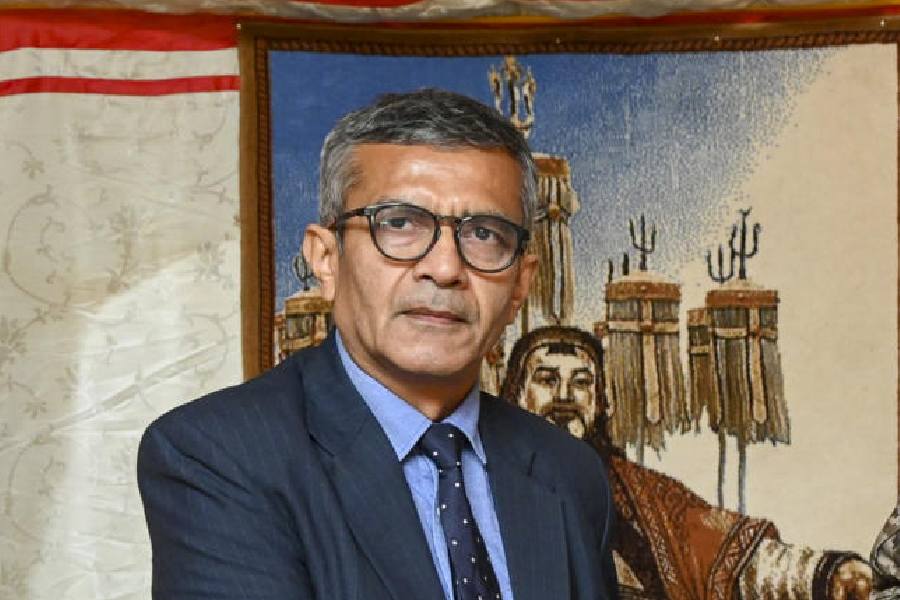Agartala, March 1: Banking on the ties that the Tagore family shared with king Birchandra Manikya, that prompted a young Rabindranath to pen Rajarshi, the state government had recently organised a three-day Rajarshi mela.
The mela was held on the sprawling lawns in front of the renovated Bhubaneshwari temple, a stone’s throw from the ruins of the erstwhile palace at Udaipur, the former capital of Tripura.
Inaugurated on February 21, the fair was a virtual journey to a Tripura where monarchy ruled and palace conspiracies were the order of the day. After more than a century, a desire to search for their roots brought hordes of people to the fair.
Rajarshi (The Saintly King) and its dramatised version Visarjan (Immersion), which were translated into many languages, introduced the kingdom to the world.
“This festival reminds us of our rich history. Rabindranath made Tripura famous by penning Rajarshi,” school education minister Keshav Mazumder said.
Rajarshi is the result of exchanges of several letters between Tagore and King Birchandra Manikya (1863-96) whose help the poet needed for historical details.
He had come to know from his nephew Balendranath, a classmate of Tripura’s royal scion Col Mahim Thakur, about how humans and animals were sacrificed at the altar of Bhubaneshwari.
Gobinda Manikya (1667-1676), a late medieval king of Tripura, had incurred the wrath of head priest Raghupati by attempting to ban these sacrifices at the temple.
Raghupati, working in tandem with the king’s ambitious younger brother Nakshatra, plotted Gobinda Manikya’s overthrow in a coup and banished him to the dense forests of Arakan. It took the king seven years to recapture the throne and impose a ban on animal and human sacrifice.










